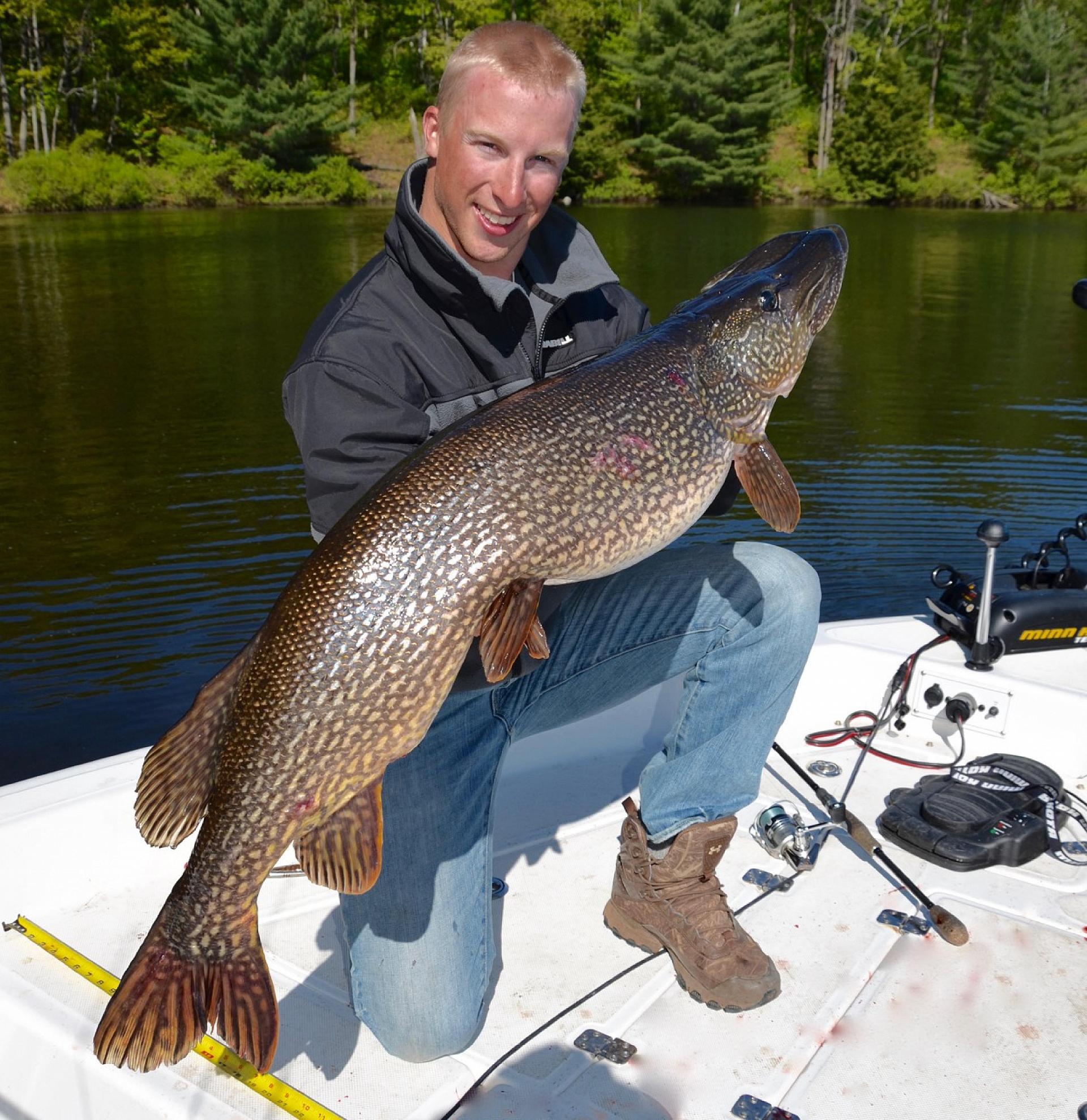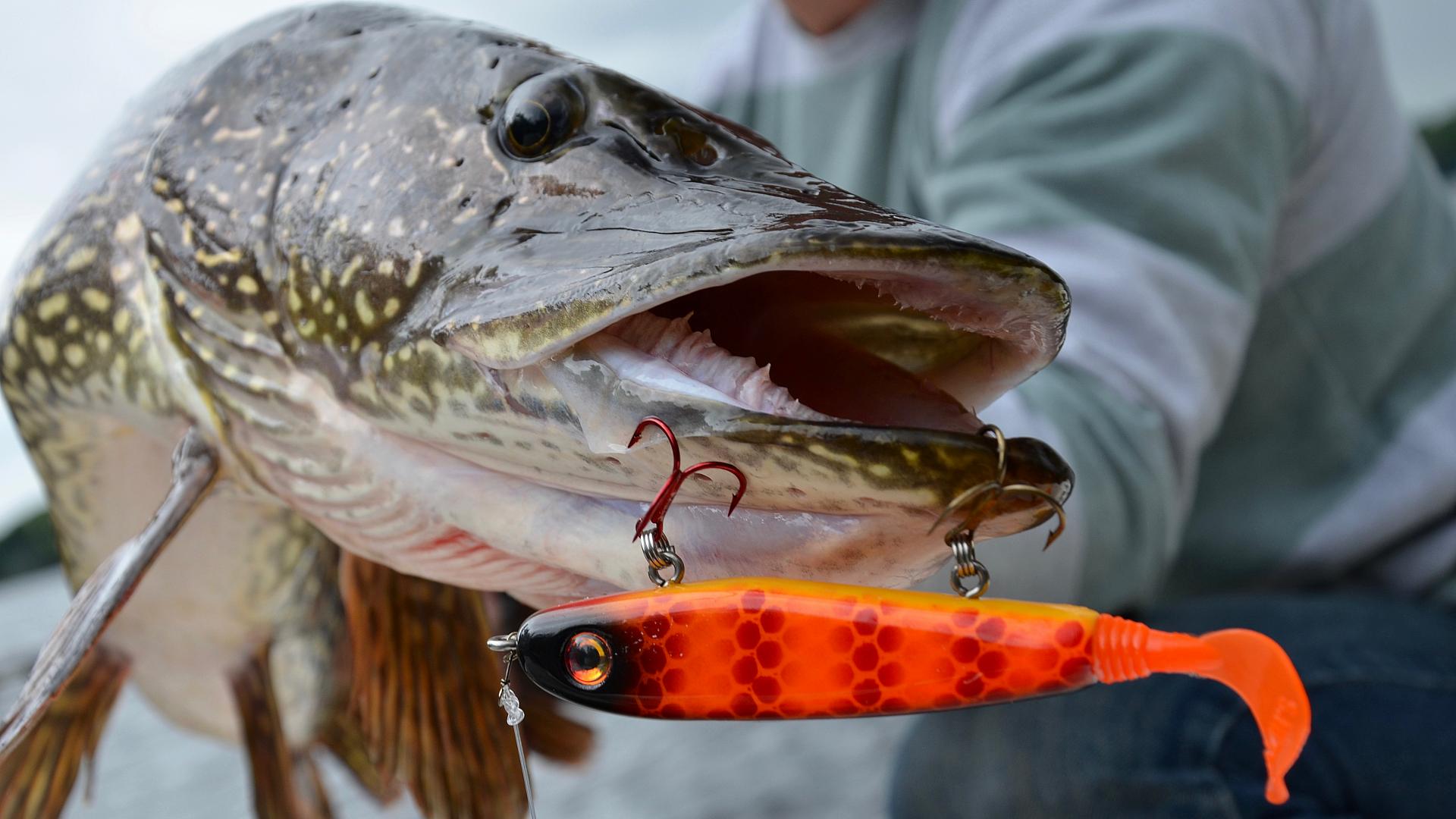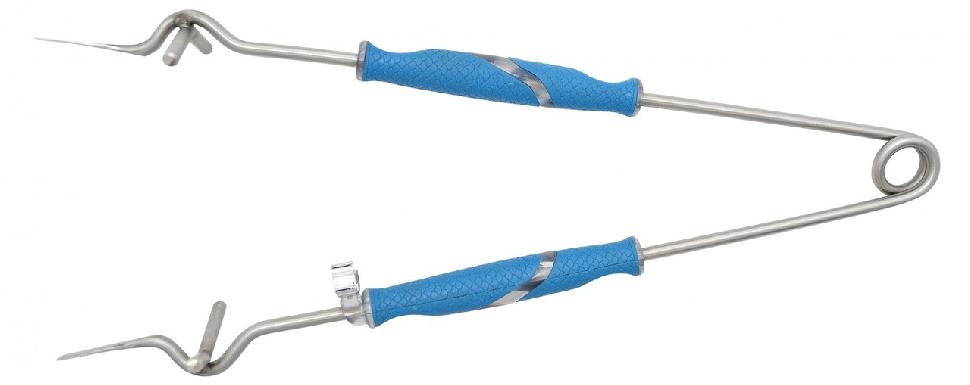Switchin’ to Glide
Extend your spring pike season into early summer by borrowing these baits from the muskie playbook
Advertisement

Technique
When approaching structure, avoid getting too close so you don’t spook the fish. More likely than not, the pike won’t be sitting on top of the structure, but rather off the deep edge waiting for the silhouettes of baitfish to appear above them. Moving in too quickly will also hinder your ability to make a natural representation of a baitfish leaving the structure. With this in mind, I stop the boat a fair distance from where I plan to fish, then cruise the rest of the way in with my electric trolling motor.
Before I start to pick away at the structure, I make several casts to deep water, working my glide bait 40 to 50 feet out from the structure. Why? Quite a few times in the early summer, I’ve caught big northerns hanging out away from the structure in what most anglers would consider dead water.
Advertisement
Once you’ve made a couple of casts off to the side of the break, concentrate on the structure and work it thoroughly. Make casts on top of the structure, then work the glide bait out over the edge. It’s important to wear polarized glasses so you can see your bait and any fish that might be following it.
As most pike anglers know, big northerns have a tendency to follow lures to the boat, but unlike their muskie cousins, they tend not to bite when you make a figure eight beside the boat. So, when a follow happens, you have two options: either let the glide bait pause and hope the pike inhales it, or ramp up the speed and try to trick the fish into thinking your bait has spotted it and is trying to escape. Whichever tactic you choose, start it well before the bait gets too close to the boat—and get ready for a savage strike.
Bracebridge, Ontario’s Leavon Peleikis is an avid multi-species angler.
Advertisement
Right release
Whenever you’re fishing for northern pike, always be sure to have the proper tools on hand so that you can quickly remove the hooks and safely release the fish. I carry jaw spreaders (above), long-handled pliers, bolt cutters (in case I have to cut the hooks) and a net that’s big enough to keep the fish in the water while I’m unhooking it.


